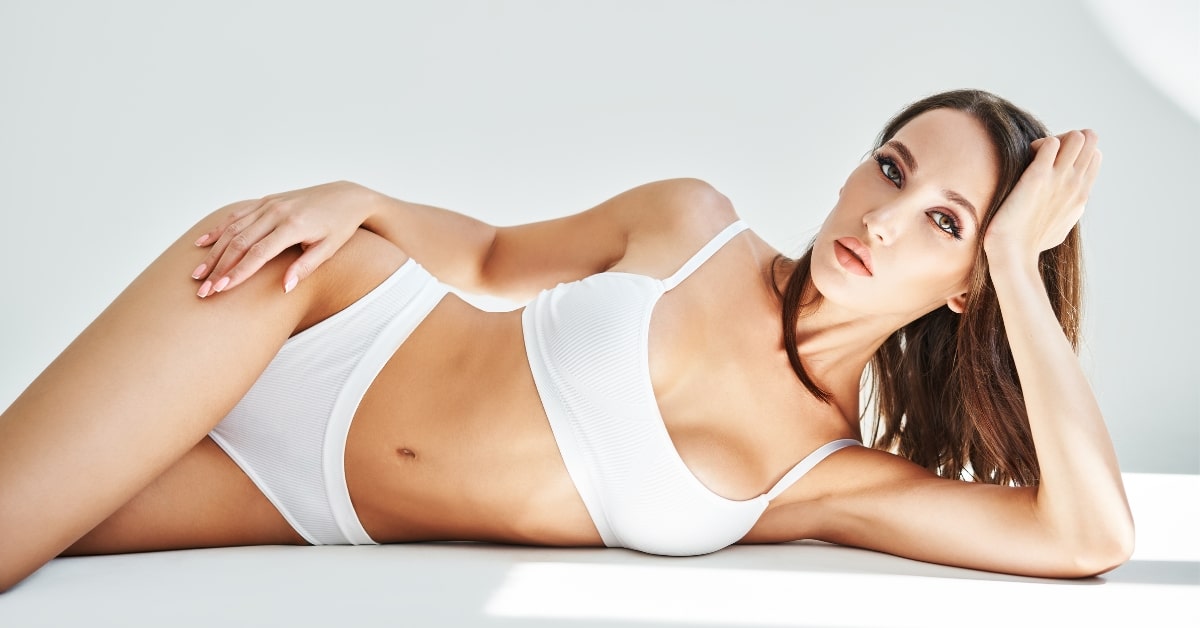In the realm of digital photography, the art of photo editing extends beyond simple color corrections or exposure adjustments. For individuals seeking to enhance their portraits or achieve specific aesthetic goals, photo editing tools offer a range of techniques, including body photo editing. In this article, we’ll explore the world of body photo editing, discussing the techniques, considerations, and ethical aspects involved in reshaping and refining the human form through digital enhancement.
Understanding Body Photo Editing
- Definition and Purpose: Body photo editing involves using digital tools to modify the appearance of the human body in images. The purpose may range from subtle enhancements to address minor imperfections to more transformative edits for artistic or aesthetic reasons.
- Common Techniques: Body photo editing techniques can include resizing body proportions, enhancing muscle definition, smoothing skin, and addressing issues like blemishes or cellulite. These techniques are often employed to achieve a desired look or to align with industry standards in areas like fashion and fitness photography.
- Ethical Considerations: While body photo editing can be a powerful tool for self-expression and creative exploration, ethical considerations come into play. It’s crucial to approach these edits with sensitivity, ensuring that they align with the subject’s consent and promote a positive body image.
Techniques for Body Photo Editing
- Resizing and Proportional Adjustments: Tools for resizing and adjusting proportions enable editors to enhance or reduce specific body parts. This can include sculpting the waistline, accentuating muscles, or achieving a more balanced overall look.
- Skin Smoothing and Texture Refinement: Skin smoothing tools help create a polished and flawless appearance. Editors can refine skin texture, address blemishes, and reduce the appearance of cellulite while maintaining a natural look.
- Muscle Definition and Enhancement: For fitness or bodybuilding photography, editors may employ techniques to enhance muscle definition. This involves accentuating existing muscles or creating the illusion of a more sculpted physique.
- Clothing and Styling Adjustments: Clothing and styling edits can contribute to the overall body aesthetic. This includes adjusting the fit of clothing, modifying hairstyles, or refining other elements that impact the perception of the body.
Benefits of Body Photo Editing
- Creative Expression: Body photo editing allows for creative expression, enabling photographers and editors to bring their artistic vision to life and convey a specific narrative or mood.
- Personal Confidence: Individuals undergoing body photo editing may experience a boost in personal confidence by addressing perceived imperfections and presenting themselves in a way that aligns with their self-image.
- Industry Standards: In certain industries like fashion and fitness, adhering to specific body standards is common. Photo editing provides a means to meet these standards, ensuring images align with industry expectations.
Considerations and Ethical Guidelines
- Communication and Consent: Open communication with the subject is essential. Obtain clear consent before implementing anybody photo edits, and ensure that the subject is comfortable with the proposed changes.
- Promoting Realism: While edits can enhance aesthetics, it’s crucial to maintain a sense of realism. Avoid extreme alterations that could contribute to unrealistic beauty standards or misrepresentation.
- Body Positivity: Promote body positivity by celebrating diversity and embracing natural body shapes. Avoid perpetuating harmful stereotypes or promoting an unattainable standard of beauty.
FAQs
Can body photo editing be done with free software, or do I need professional tools?
Both free and professional photo editing software offer body editing capabilities. While professional tools provide more advanced features, beginners can achieve effective results with free software.
Is body photo editing suitable for all types of photography?
Body photo editing is commonly employed in fashion, fitness, and portrait photography.
How can I ensure that body photo editing aligns with ethical standards?
To ensure ethical body photo editing, prioritize open communication with the subject, obtain consent, promote realistic portrayals, and celebrate diversity. Always be mindful of the potential impact on body image.
Are there online tutorials for learning body photo editing techniques?
Yes, numerous online tutorials and resources provide step-by-step guidance on body photo editing techniques.
Can body photo editing be used for artistic expression rather than conforming to standards?
Absolutely. Body photo editing can be a powerful tool for artistic expression, allowing photographers and editors to create unique visual narratives that transcend conventional standards.
Conclusion
Body photo editing, when approached with consideration and ethical guidelines, can be a valuable tool for creative expression and personal empowerment. Whether refining proportions for aesthetic reasons or celebrating diverse body shapes, the art of body photo editing contributes to the rich tapestry of visual storytelling in the digital age. As with any form of editing, the key lies in striking a balance between artistic vision, ethical considerations, and the promotion of positive body image.
This page was last edited on 28 February 2024, at 1:26 pm
